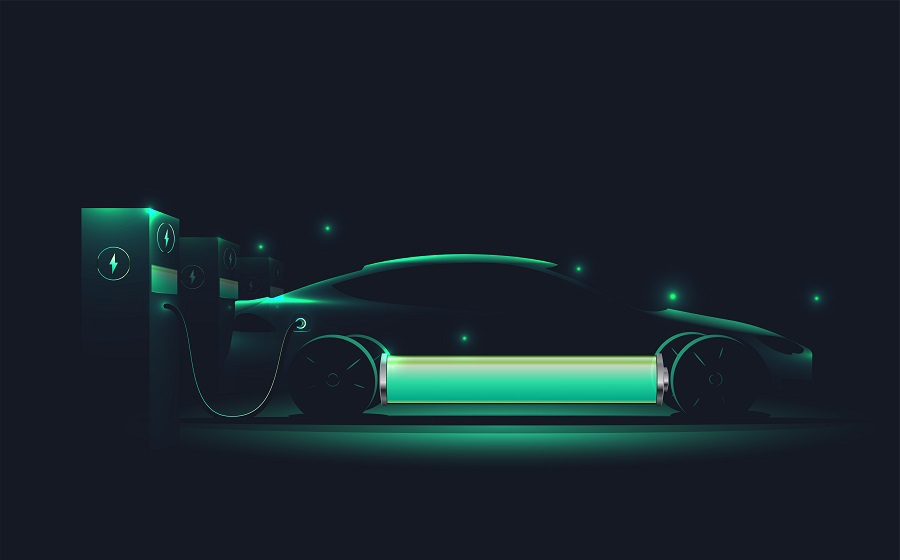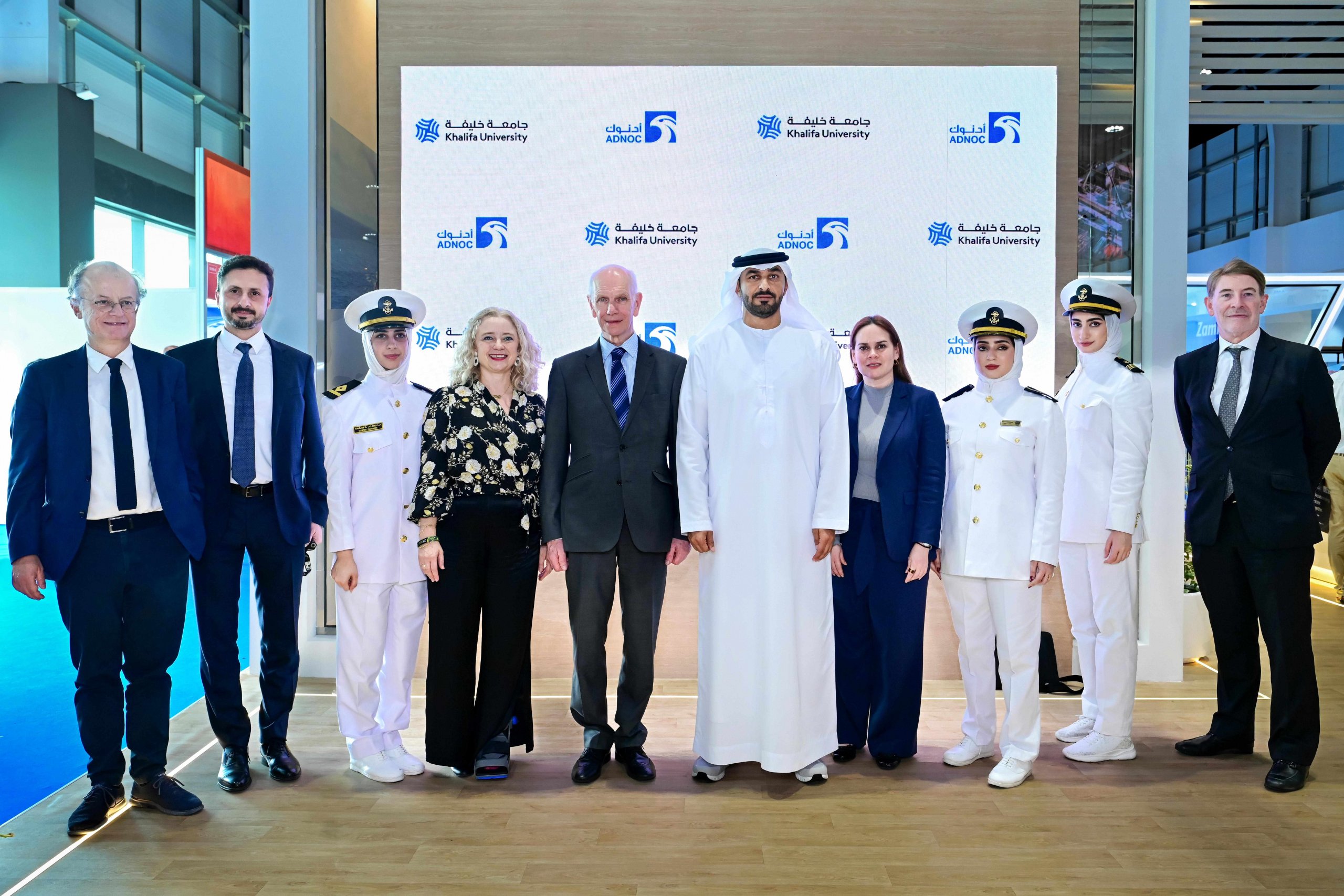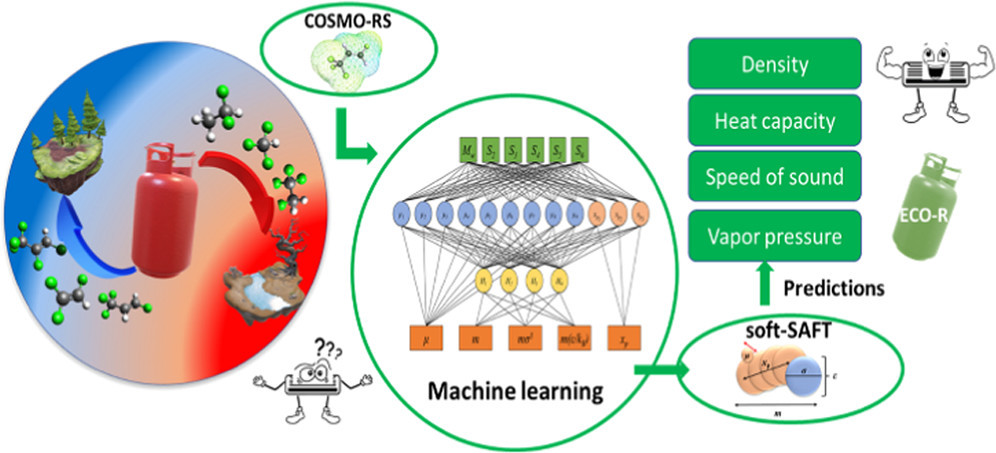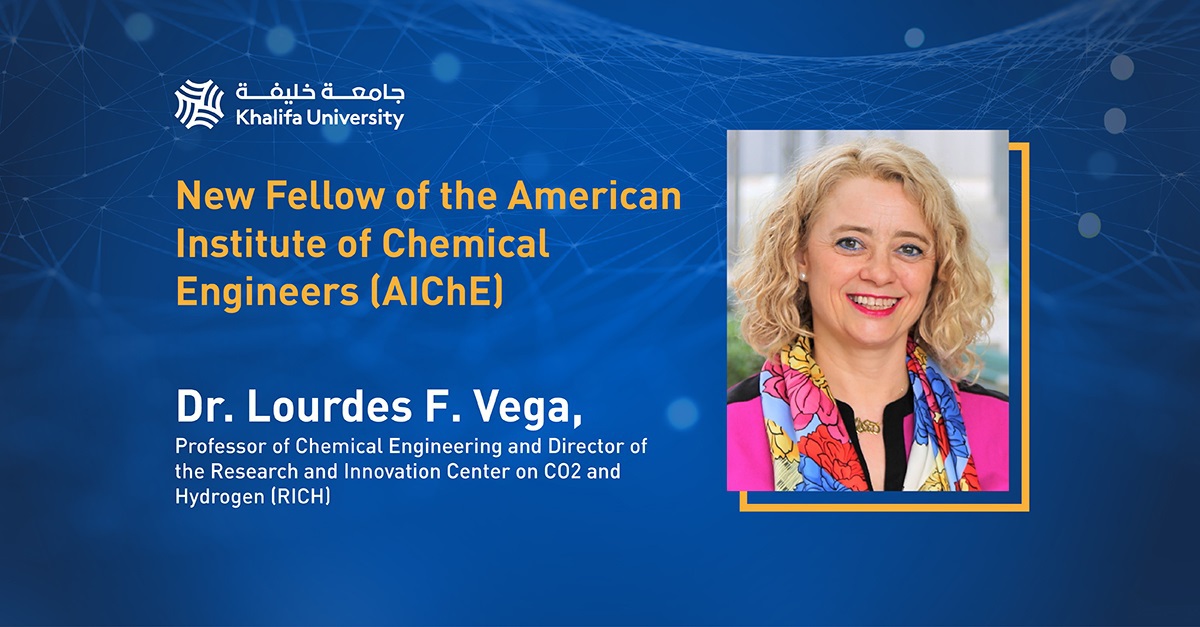Modeling Li-Air Batteries to Optimize their Performance for Powering Electric Vehicles

Combining the oxygen in the air with the lithium in a battery cell could create batteries with more than five times the energy than those currently powering all our electronics.
Read the Arabic story here: https://researchku.com/news-extended/235
With the transport sector accounting for 24 percent of direct carbon dioxide emissions from fuel combustion, it has a considerable role to play in the global decarburization effort. According to the International Energy Agency, almost three-quarters of these emissions derive from road vehicles although emissions from aviation and shipping continue to increase as well.
To combat global warming and improve the efficiency of electric vehicles (EVs), researchers from Khalifa University investigated the major breakthroughs achieved in developing a new type of battery, using lithium and air. These batteries are smaller, lighter and more energy-efficient than lithium-ion batteries, but they do have their drawbacks too. PhD candidate Khizar Hayat, Prof. Lourdes Vega, Director of the Research and Innovation Center on CO2 and H2 (RICH), and Dr. Ahmed Al Hajaj, Assistant Professor of Chemical Engineering, used multiscale models to identify how to make improvements to this new battery type. They published their results in Renewable and Sustainable Energy Reviews.
Currently, lithium-ion (Li-ion) batteries are the solution of choice for powering EVs. This type of battery is everywhere: In the decades since their commercial introduction, they have been powering billions of devices including mobile phones, cameras, laptops, e-scooters, and electric vehicles. This is due to their high energy density relative to other battery technologies and lithium being the lightest of all metals with great electrochemical properties.
“Decarbonizing the economy goes beyond power generation,” Dr. AlHajaj said. “Adopting electric vehicles is one such strategy. Rechargeable lithium-ion batteries are the superior technology available on the market today, thanks to their relatively high storage capacity and energy density, but they are still a heavy component in an electric vehicle and can only offer limited mileage before they need to be recharged.”
A lithium-air (Li-air) battery uses the chemical reactions between oxygen and lithium to produce a current flow during discharge: electrons and ions flow from the lithium anode to the cathode. Pairing lithium and ambient oxygen from air could lead to battery cells with the highest possible specific energy, or the most amount of energy crammed into a cell as possible.
Ions moving between the anode and the cathode store the energy. When the battery is in use, electrons follow the external circuit to power the object, and the lithium ions migrate to the cathode. When the battery charges, the lithium build up on the anode, releasing the oxygen at the cathode. Batteries can use electrolytes that are aqueous, using water, or non-aqueous, where the electrolyte fluid does not react with the lithium. The KU team’s research focuses on highlighting the advances in non-aqueous Li-air batteries.
“Although there has been extensive research over the past two decades in enhancing battery storage capacity, in practice, Li-air battery capacity is still not up to the mark,” Dr. AlHajaj said. “Plus, developing novel cathodes to improve capacity is not straightforward. This is where multiscale modelling could be instrumental. It can be used to simulate how various materials could perform and provide insight to designing new cathode structures.”
The performance of a battery is limited by the reactions at the anode and the cathode. Improving either electrode of the battery cell would improve performance. The theoretical specific energy of a non-aqueous Li-air battery is 40.1 megajoules per kilogram, which is comparable to the theoretical specific energy of gasoline at 46.8 megajoules per kilogram.
In practice, Li-air batteries produce around 6.12 megajoules per kilogram. While this is around five times greater than that of a commercial lithium-ion battery, significant advances are needed to ready Li-air batteries for commercial use.
Capturing the multiscale processes happening in a Li-air battery cathode is very difficult using experimental approaches. Modelling, however, speeds understanding and development, delivering insights to the behavior and properties of the active materials in such complex structures.
Using their modelling techniques, the KU research team found that pore size and shape of the porous air cathode are major factors controlling the discharge capacity of a Li-air battery, along with how many pores the cathode material has. Anode material properties and lithium deposition on the anode during charging were also important.
Different shapes of pores were modelled separately to see exactly how cylindrical, plain and spherical pores impact the discharge capacity of battery cells, with the researchers using these results to control pore size distribution and optimal shape to show the potential for significantly improved storage capacities.
“Multiscale modelling provides valuable insights into the multiphysics/multiscale nature of a porous cathode, helping us to optimize and develop novel electrode structures for lithium-air batteries,” Dr. AlHajaj said. “Using our results, we can design better performing batteries for the electric transport sector of the future.”
Jade Sterling
Science Writer
21 January 2022




